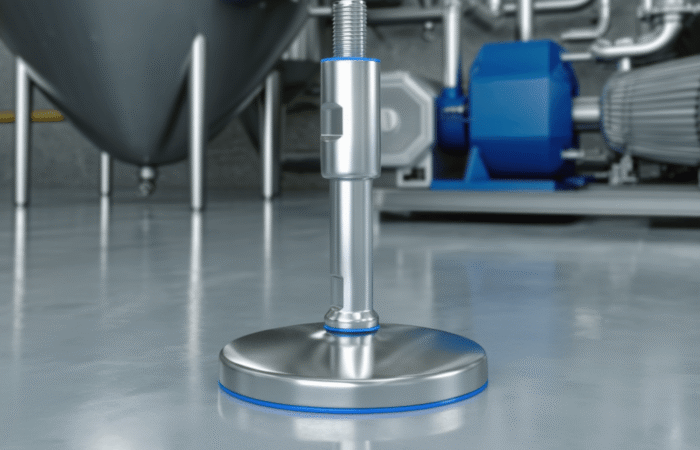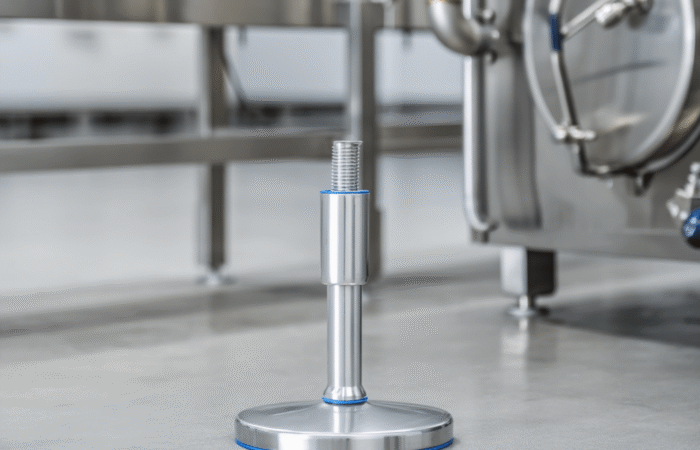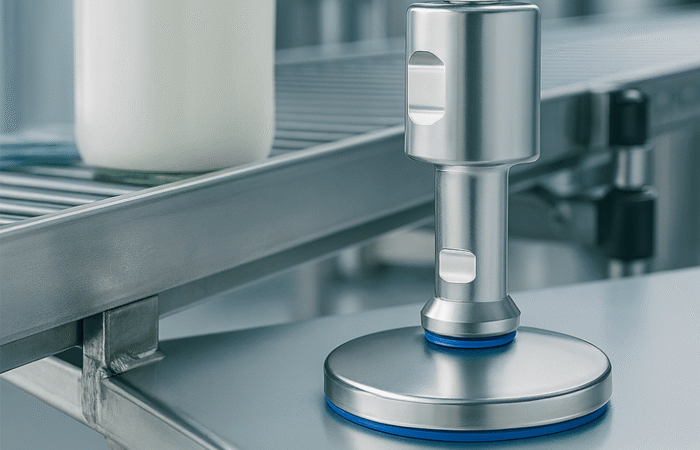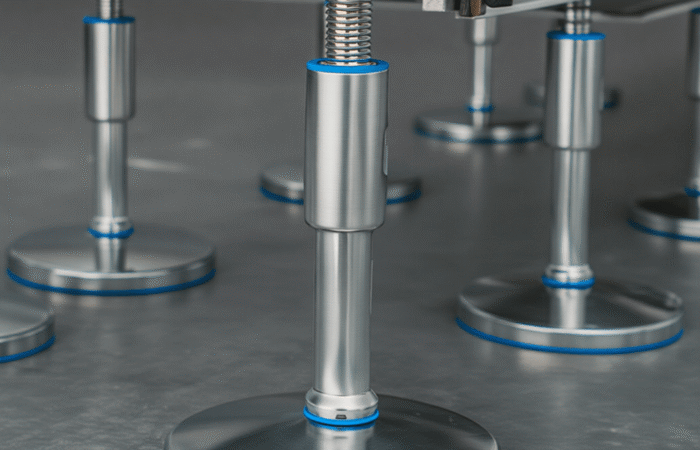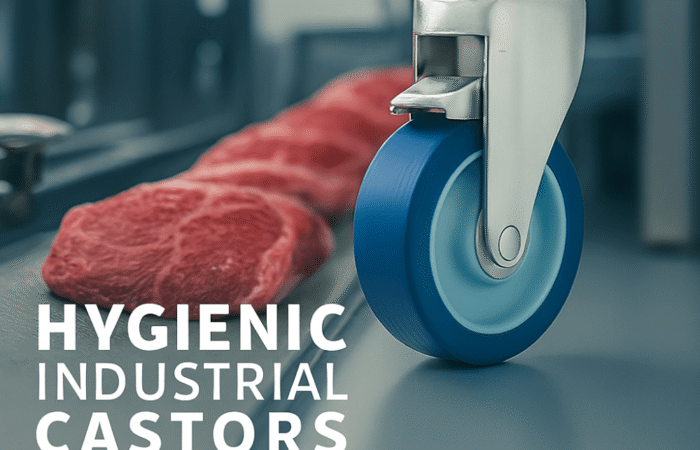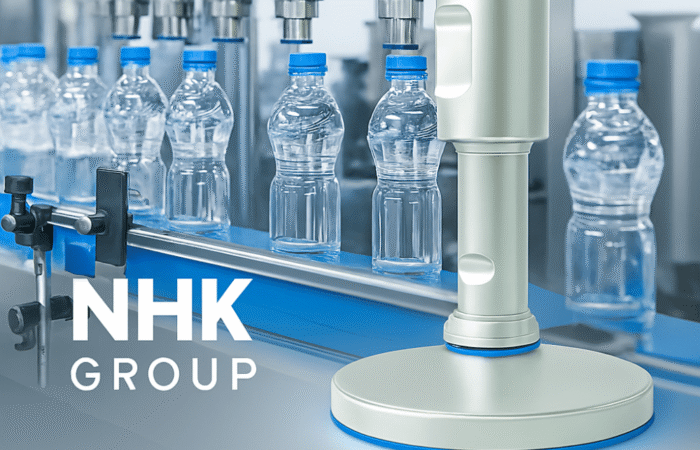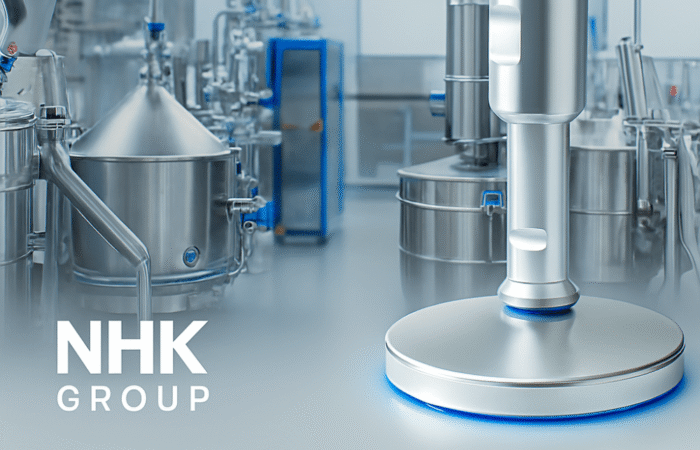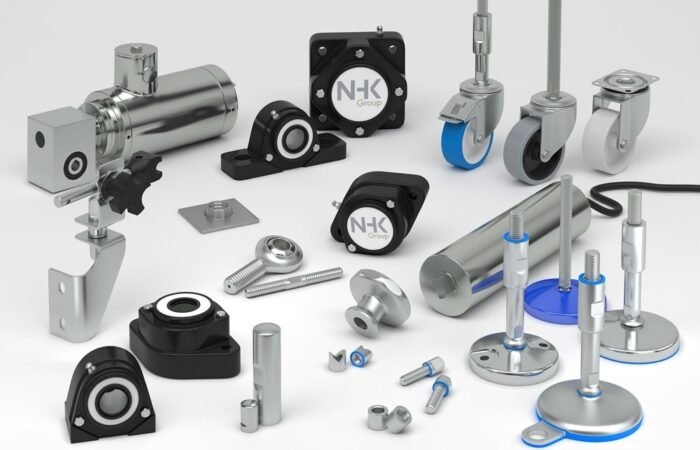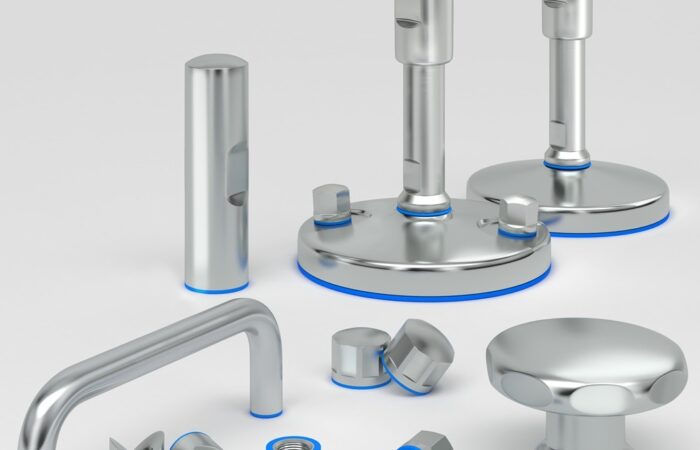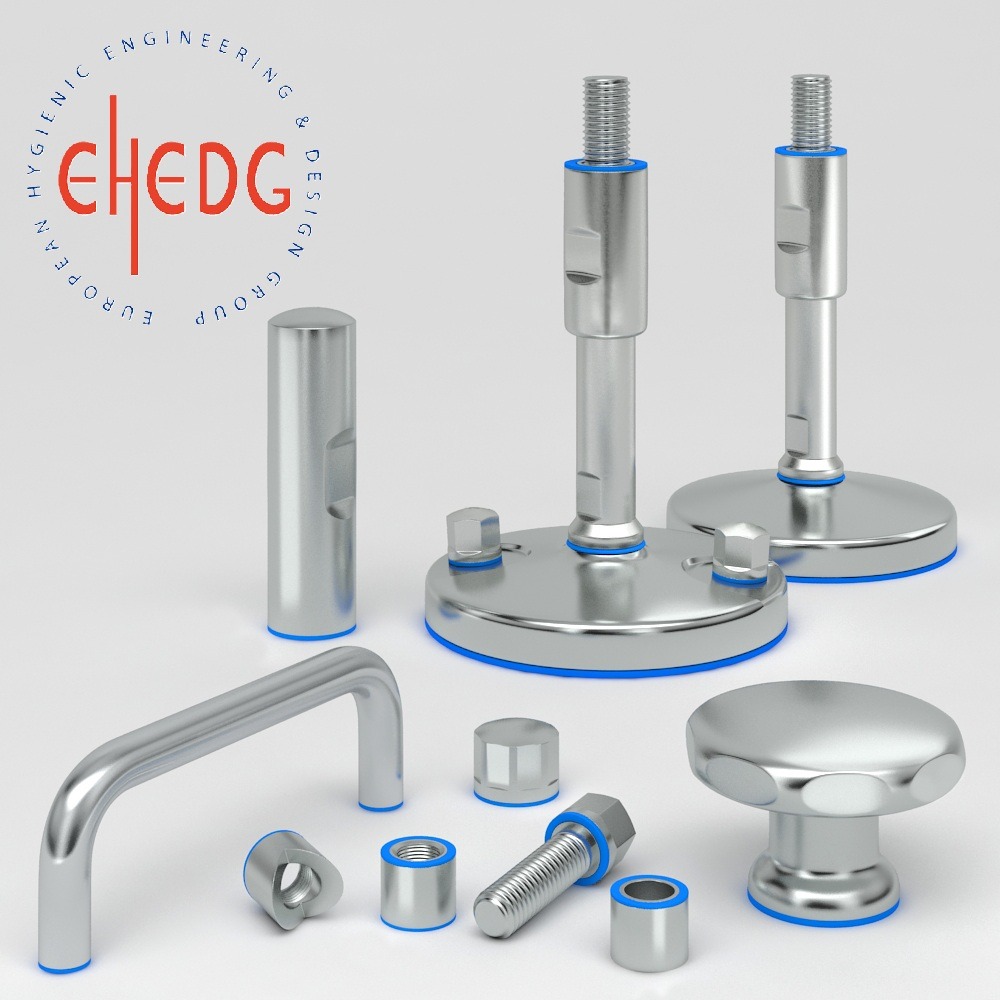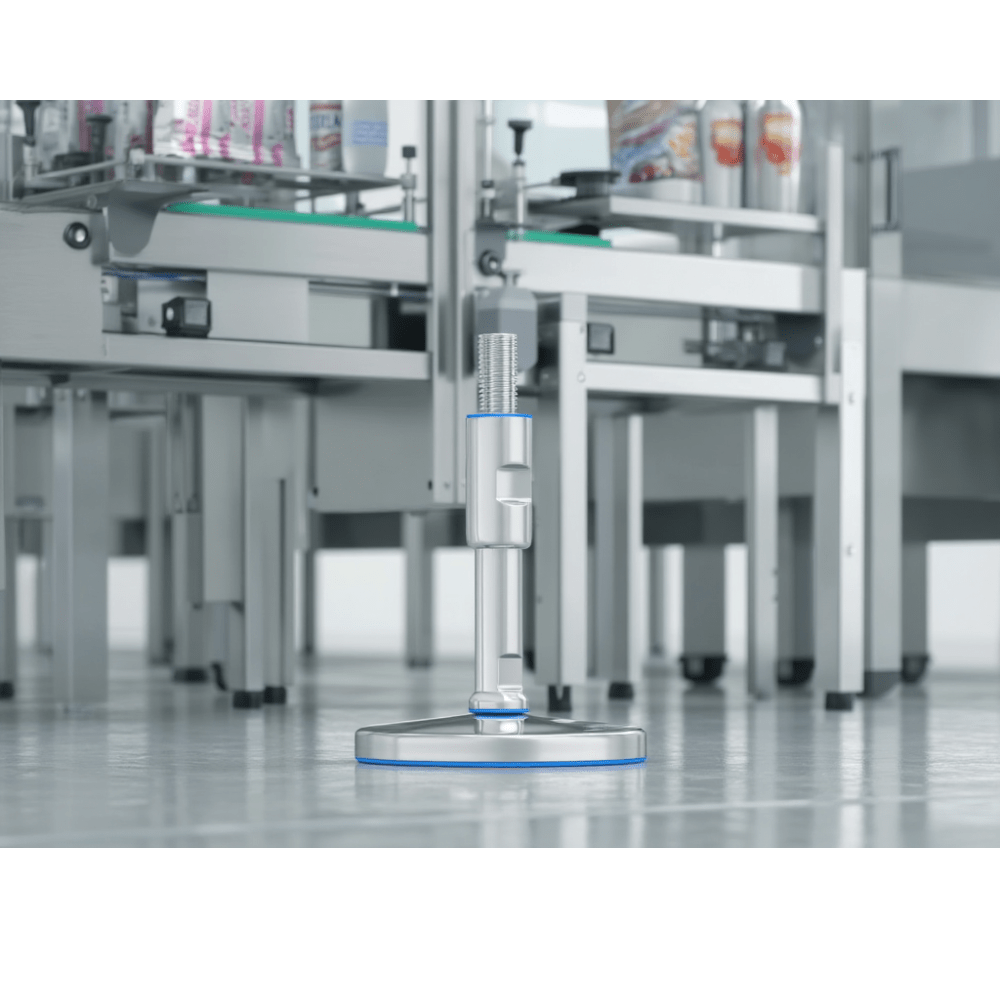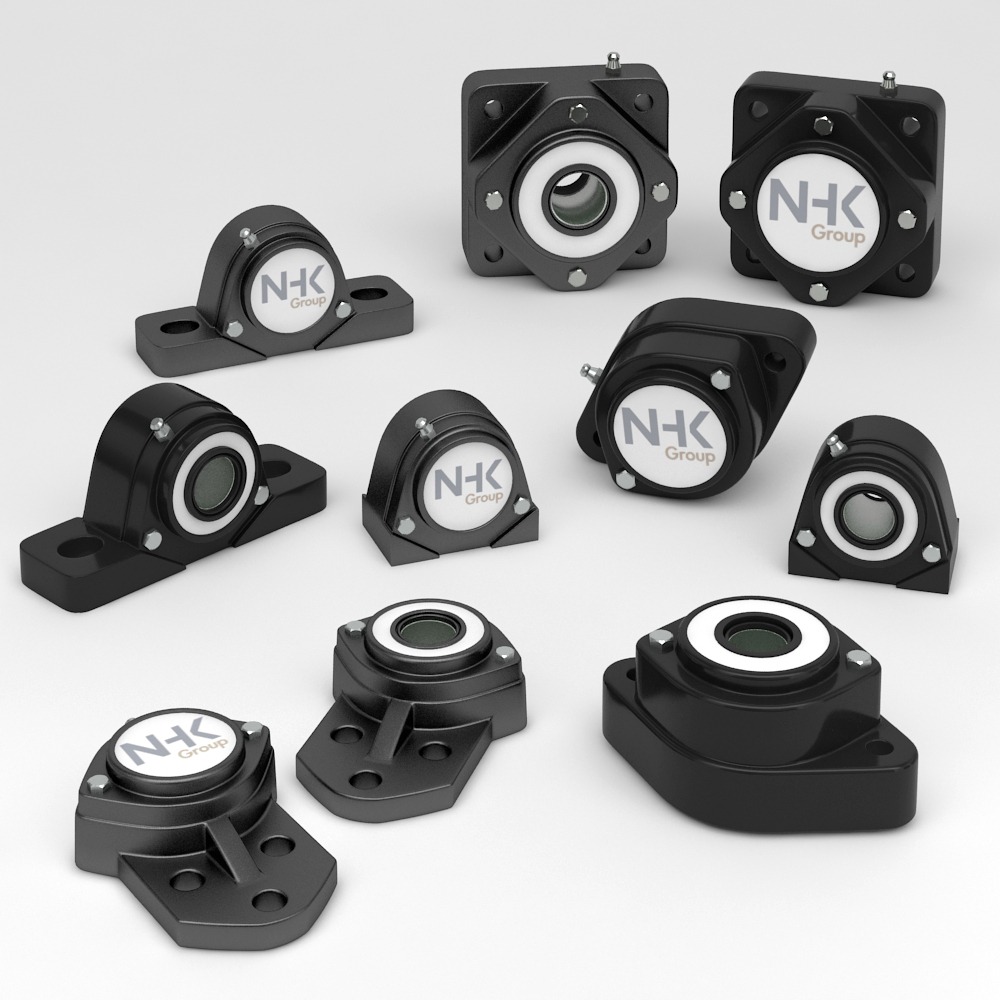
The IP67 bearing durability in harsh and extreme environments
In industries where hygiene and sanitation are paramount, such as food processing and pharmaceuticals, equipment must adhere to stringent standards to ensure safety and reliability. Two key certifications, EHEDG (European Hygienic Engineering and Design Group) and 3-A SSI (3-A Sanitary Standards, Inc.), play critical roles in setting these standards. Components and parts certified by these organizations are designed to withstand harsh and extreme environments, providing durability and maintaining high levels of hygiene. This article explores the significance of EHEDG and 3-A SSI certifications and how they ensure the durability of components in challenging conditions. EHEDG is a consortium of equipment manufacturers, food processors, research institutes, and public health authorities. Its primary mission is to promote hygiene during the processing and packaging of food products. EHEDG certification focuses on the design and engineering aspects of equipment to prevent contamination and facilitate effective cleaning. Key features of EHEDG certification include: 3-A SSI focuses on developing standards to ensure that equipment meets hygienic requirements for the dairy, food, and beverage industries in the United States. These standards are recognized globally and emphasize both hygiene and durability. Key features of 3-A SSI certification include: Durability is a crucial factor for components used in harsh and extreme environments. Equipment in such settings is exposed to various stressors, including temperature extremes, corrosive substances, and mechanical wear and tear. The durability of EHEDG and 3-A SSI certified components ensures that they can: Pumps and valves are critical components in processing industries. EHEDG and 3-A SSI certified pumps and valves are designed to handle viscous liquids, high pressures, and aggressive chemicals. Their robust construction and hygienic design minimize the risk of leaks and contamination. Seals and gaskets are often exposed to extreme temperatures and pressures. Certified seals and gaskets use materials that resist deformation and degradation, ensuring a reliable seal that prevents leaks and contamination. Heat exchangers are used to control temperatures during processing. EHEDG and 3-A SSI certified heat exchangers are designed for efficient heat transfer while withstanding harsh cleaning protocols and thermal cycling. Certification bodies like EHEDG and 3-A SSI are not only maintaining standards but also driving innovation in equipment design. Manufacturers are continuously developing new materials and technologies to meet the evolving demands of harsh environments while ensuring compliance with hygienic standards. This innovation leads to more efficient, reliable, and sustainable processing solutions. EHEDG and 3-A SSI certified components play a vital role in ensuring the durability and reliability of equipment in harsh and extreme environments. Their rigorous standards for hygienic design, cleanability, and material suitability provide assurance that equipment can withstand the challenges of modern processing environments. By investing in certified components, industries can enhance operational efficiency, reduce costs, and maintain the highest standards of safety and quality. The durability of EHEDG and 3-A SSI certified components is a testament to their design and engineering excellence, ensuring they perform reliably in even the most demanding conditions.Durability of EHEDG and 3-A SSI Certified Components in Harsh and Extreme Environments
Understanding EHEDG and 3-A SSI Certifications
EHEDG Certification
3-A SSI Certification
The Importance of Durability in Harsh Environments
Examples of Certified Components in Harsh Environments
Pumps and Valves
Seals and Gaskets
Heat Exchangers
Benefits of Using Certified Components
The Role of Certification in Innovation
Durability in harsh and extreme environments
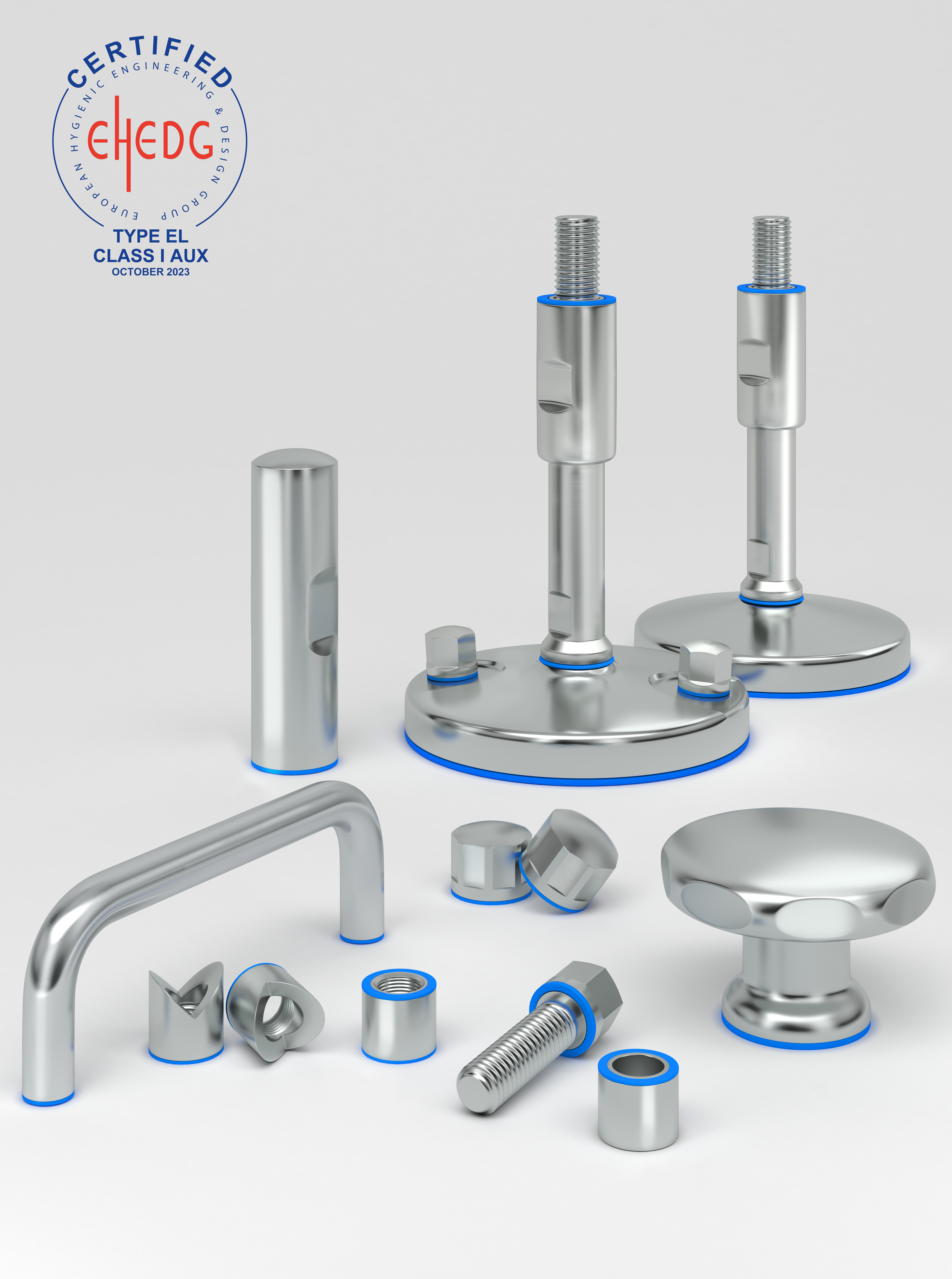

Contact


